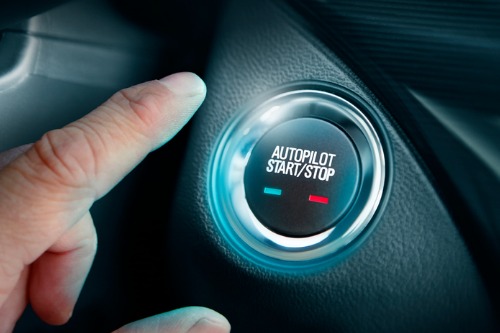

With parking space at a premium in Singapore, research has revealed that the adoption of autonomous vehicles (AVs) could reduce parking needs by over 70%.
The project, called Unparking, was produced by researchers at the Singapore - MIT Alliance for Research and Technology (SMART) and MIT Senseable City Lab (SCL), in cooperation with global insurance firm Allianz.
According to a release by Allianz, it is working with SCL on a multi-year collaboration to address a number of urban mobility issues that include shared mobility, parking reduction, traffic optimisation, and their impact on urban health, happiness, and efficiency.
“Our Allianz data science team in Singapore is delighted to bring industry expertise to support MIT’s academic and research work,” said Raymond Au, head of Asia Lab at Allianz Asia. “City traffic, for example, is a burden we could all live without, and this collaboration is one step on the journey to improving congestion in cities globally. In fact, we’re confident that this partnership builds on our longstanding commitment to support and accelerate innovation in emerging fields and technologies in the smart cities of the future.”
The Unparking project argues that private cars sit idle 95% of the time and on average utilise at least two parking spots – one at home and another at work. In a preliminary study, researchers examined parking needs within four scenarios: private cars occupying at least two parking spaces; private cars sharing parking spaces; shared mobility and shared parking; as well as AVs and shared parking spaces.
The research used an agent-based simulation of mobility in Singapore, involving over 600,000 commuters driving cars and a baseline estimate of 1.37 million parking spots.
The findings were based on these parameters: (1) all AVs are shared; and no ride-sharing is involved; (2) waiting time for passengers are not taken into account.
The preliminary results revealed that if a fleet of 200,000 AVs replaced all private vehicles, all commuters’ transportation needs can be served without any extra delays, and only 410,000 parking spaces will be needed.
Another simulation indicated that an AV fleet size with as few as 90,000 cars would be possible, requiring only 210,000 parking spaces, but would result in 20% more total distance travelled, meaning more cars on the road.
In short, the gradual transition to AVs will bring substantial decreases in the number of cars and therefore the parking spaces required by them.
“Self-driving vehicles will bridge the gap between private and public modes of transportation,” said Carlo Ratti, director of SCL and principal investigator at SMART. “Rather than sitting idle in a parking spot all day, autonomous vehicles could bring you to work in the morning and then assist someone else in your family, neighbourhood, social community, or city.”
